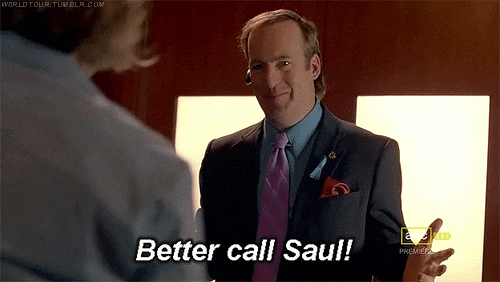What is a Life Insurance Trust?


Putting a life insurance policy in trust may sound like something only the super-rich contemplate.
Yaw, after taking advice from Tarquin in Dewey, Cheatem & Howe, we have decided to write our life insurance in trust for our dear boys Tristin, Crispin and Sebastien.
But that couldn’t be further from the truth.
In this article, we’ll go through the WWH of life insurance trusts:
What is a life insurance trust?
Why use a life insurance trust
How do you put life insurance in trust?
What is a life insurance trust?
A life insurance trust is a legal document.
By using a trust, you ensure that your life insurance cash goes where you want it to.
In other words, a trust allows you to set aside the proceeds of a life insurance claim for a specified person.
So you can leave your favourite diamond necklace in trust for your daughter or your beloved Ray Houghton signed Ireland Euro 88 shirt for your son (or me).


But usually, a trust is used to manage who gets their paws on your life insurance.
Why use a trust?
A life insurance trust guarantees that the proceeds of your life insurance policy will be paid to the right people at the right time.
This means you decide what happens to your money after your death—before your death, if you get me.
Setting up your life insurance in trust also ensures your money is paid out to the trustee without legal delays.
What’s a trustee?
Think of the trustee as the guardian of your life insurance policy.
They will distribute the proceeds of your policy according to your instructions.
If you don’t use a trust and instead use a will, your solicitor will have to wait for a grant of probate before paying the policy proceeds to your family.
Remember, this is at a time when your family may be in dire need of the proceeds of your life insurance to pay the day-to-day bills.
The sooner they can get the proceeds, the better.
How do you put your policy in trust?
It’s simple…with a little bit of help.
You complete a trust form where you write down how you want the proceeds of your policy distributed.
The trust only comes into operation after your death.
On death, the insurer will pay the proceeds to the person you choose (the appointed trustee).
The trustee is then legally bound to pay the proceeds to the beneficiaries you have named on the trust form.
What are the advantages of writing a policy under trust?
1. Avoid probate
When you shuffle off this mortal coil, your assets pass into your estate.
Before dividing up your estate, your solicitor must get a grant of probate.
This may take up to a year, and generally, the solicitor cannot distribute your assets before probate is granted.
Using a suitable trust may avoid probate and allow your solicitor to pay your policy benefits immediately.
2. Control
You specify who gets the proceeds from your life insurance policy, but you can alter your trust at any time.
3. Protection from creditors
Setting up your policy in a trust protects the proceeds from creditors unless the policy was specifically effected to defraud creditors.
4. Privacy
The policy proceeds are held in your name, therefore the identity of the beneficiaries are kept confidential until your policy proceeds are distributed.
What are the disadvantages of writing a policy in trust?
Just a couple:
You have to complete an additional form.
A policy written under trust cannot be assigned or used as collateral for a loan in the future.
Also please be aware that putting your life insurance in trust doesn’t eliminate any potential tax liability.
Life Insurance Trust Dictionary
A trust must be confusing by its nature as a legal document—that’s the law.


Here are the parties named on the trust form:
Settlor
This is the plan owner, the person paying the life insurance premiums -i.e you generally.
Trustee(s)
The settlor is also the trustee – so you are the settlor and you’re also the trustee until you die.
When you die, the appointor (see below) chooses a new trustee (told you it was confusing!).
The trustee must use the proceeds of your policy according to your instructions.
Beneficiaries
Those lucky ducks you’re giving your money to.
Appointor
You choose the appointor. This person has the power to appoint a new trustee on your death. Usually, the appointor chooses themselves as the new trustee.
Over to you…
Hopefully, your head hasn’t exploded by now.
This stuff is confusing, and there are a few pitfalls to avoid.
I recommend seeking legal advice before embarking on setting up trusts.

The insurers offer trust forms, but they don’t offer advice on how to complete them.
Speak to your solicitor, then give me a shout, and between us, we can sort this stuff out for you properly.
Thanks for reading
Nick
Editor’s Note | We published this blog in 2017 and have updated it since






